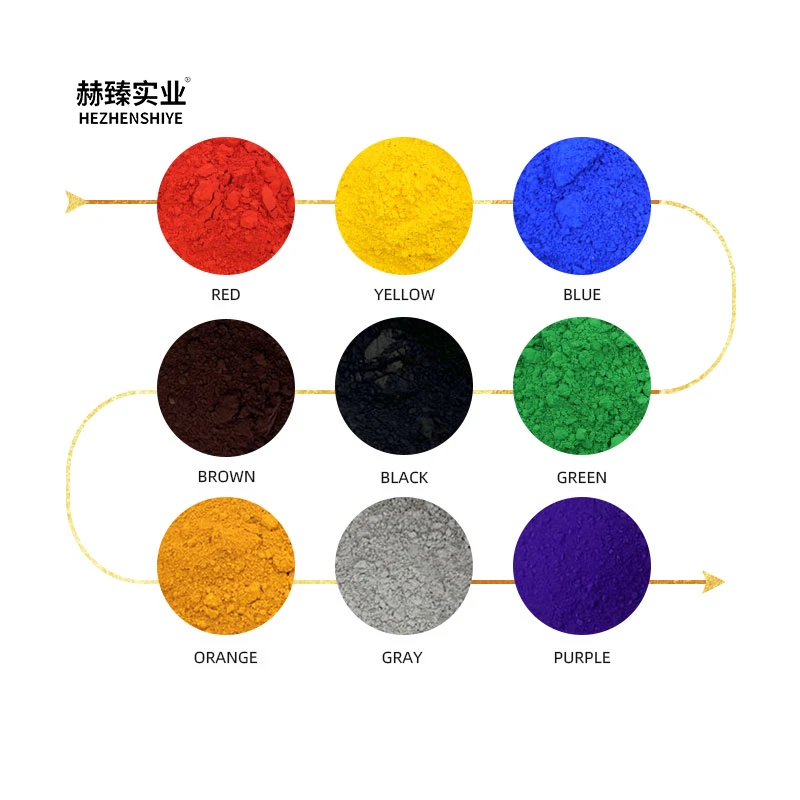Start of Autumn Natural Changes Landscape Transformations Plant Animal Behaviors Seasonal Shifts in Environment
2025.08.07
The Start of Autumn ushers in a series of remarkable natural changes, transforming landscapes, altering plant and animal behaviors, and creating a distinct shift in the environment. These changes, gradual yet profound, mark the transition from the lush growth of summer to the rich, mature hues of autumn, offering a visual and sensory feast that captivates observers.
One of the most striking transformations during the Start of Autumn is the changing color of foliage. As daylight hours shorten and temperatures cool, deciduous trees begin to prepare for winter by slowing down chlorophyll production—the pigment that gives leaves their green color. As chlorophyll breaks down, other pigments such as carotenoids (which produce yellow and orange hues) and anthocyanins (which create red and purple tones) become more visible. This process, known as leaf senescence, turns forests and parks into vibrant tapestries of red, orange, yellow, and brown. In regions like the northeastern United States, Canada, and parts of Europe and Asia, this annual display draws tourists from around the world, eager to witness the beauty of autumn leaves.
Plant life undergoes other significant changes as well. Annual plants complete their life cycles, producing seeds before dying off, while perennial plants begin to store energy in their roots for the winter months. Flowers that bloomed throughout the summer, such as sunflowers and daisies, fade, making way for autumn-blooming species like chrysanthemums and asters. These late bloomers add splashes of color to gardens and landscapes, providing a final burst of vitality before the arrival of winter.
Agricultural crops also show signs of maturity during the Start of Autumn. Grains such as wheat, corn, and rice reach their full ripeness, turning golden in the fields. Fruits like apples, pears, and grapes become plump and sweet, ready for harvest. Farmers around the world busy themselves with gathering these crops, a activity that has defined the season for millennia. The sight of golden fields and overflowing fruit baskets is a testament to nature’s generosity and the hard work of those who tend the land.
Animal behaviors shift dramatically as well, as creatures great and small prepare for the coming winter. Migratory birds, such as geese, swans, and songbirds, begin their long journeys to warmer climates. They gather in large flocks, often forming V-shaped formations to conserve energy during flight, and fill the skies with their calls. This annual migration is a spectacular sight, symbolizing the instinctual drive to survive and thrive.
For non-migratory animals, the Start of Autumn is a time to gather food and build shelters. Squirrels are busy collecting nuts and acorns, storing them in hidden caches to sustain themselves through the winter. Bees and other insects work tirelessly to gather nectar from the last of the season’s flowers, ensuring their hives have enough honey to survive the cold months. Some animals, such as bears and chipmunks, begin to eat more to build up fat reserves, preparing for hibernation.
Reptiles and amphibians, which are ectothermic (dependent on external sources of heat), become less active as temperatures drop. They seek out warm, sheltered spots such as under rocks or in burrows, where they will remain until spring. This reduced activity helps them conserve energy when food is scarce.
The environment itself undergoes changes beyond the visible transformations of plants and animals. The air becomes crisper and drier, with lower humidity levels than in summer. Foggy mornings become more common, as the cool air holds moisture closer to the ground. Winds shift, bringing cooler air from northern regions and stirring up leaves, creating a rustling sound that is uniquely autumn.
Water bodies also reflect the changing season. Lakes and rivers may develop a layer of mist in the early morning, adding a mystical quality to the landscape. Fish, such as salmon, begin their annual migrations upstream to spawn, a journey that is crucial to their species’ survival.
These natural changes during the Start of Autumn have inspired artists, writers, and poets throughout history. From the romantic poetry of John Keats, who wrote of “Season of mists and mellow fruitfulness,” to the vibrant paintings of Claude Monet and Vincent van Gogh, who captured the beauty of autumn landscapes, the season has long been a source of creative inspiration.
In modern times, the Start of Autumn and its associated natural changes continue to influence human activity. Outdoor enthusiasts flock to national parks and nature reserves to hike, camp, and photograph the fall foliage. Gardeners plant bulbs that will bloom in spring, ensuring a splash of color after the long winter. Scientists study the effects of climate change on seasonal shifts, monitoring how rising temperatures may alter the timing of leaf color changes, animal migrations, and crop maturation.











